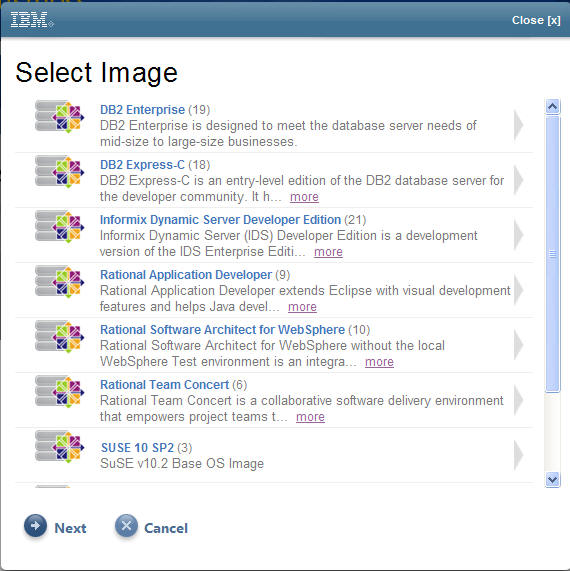This article provides the architectural overview of a Cloud Computing platform to communicate a brief and clear overview of the target IT system in a Cloud.
At the topmost level, every cloud can be viewed as:
Starting from the lowest level, here’s a brief description of various components:
| System Virtualisation infrastructure | This is infrastructure components that provide virtualisation of a specific architecture (H/W or O/S), server, storage and network. This is the base layer that is “virtualised” into the cloud. All components above this layer are enablers that make the cloud usable. |
| Installation | The installation component installs software on the managed environment. |
| Process Automation | Automated workloads for installation of software (which in turn, deliver a “service”). |
| Provisioning | Provision of network resources, software, servers/workloads, storage, etc. This component has pre-packaged workflows for common installation scenarios, delivered in a private cloud. |
| Authentication and Authorisation | Component which controls access |
| Virtualisation Management | Provides high-level management tools for dynamic manipulation of the virtualised environment. |
| Configuration management database | The central repository which stores the underlying configuration (such as software, server, storage and network), as well as access credentials, type of workloads provisioned, available, etc. |
The





